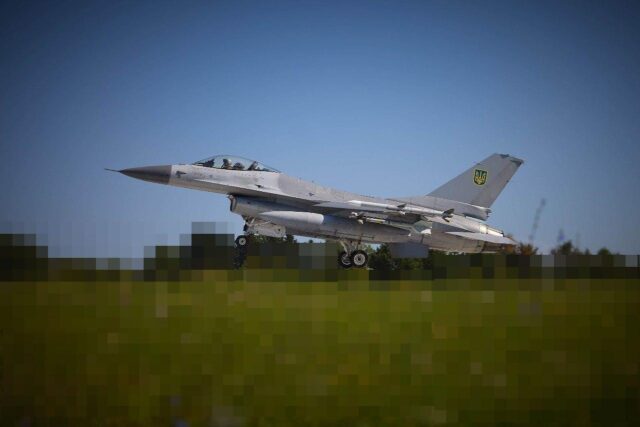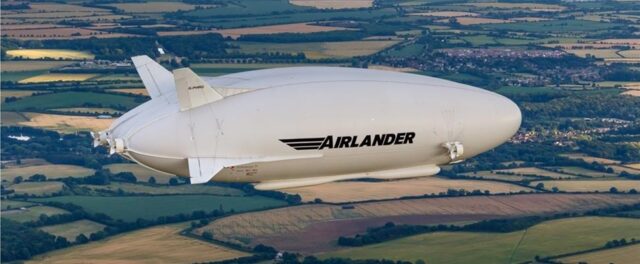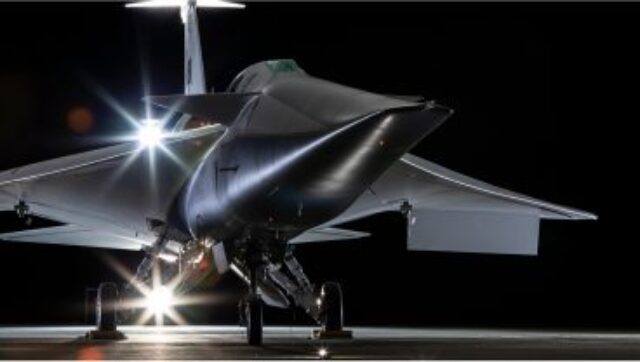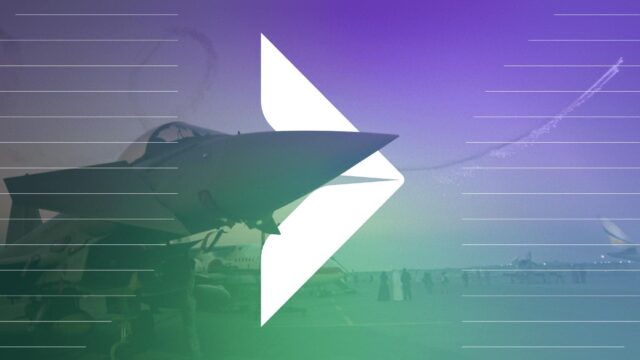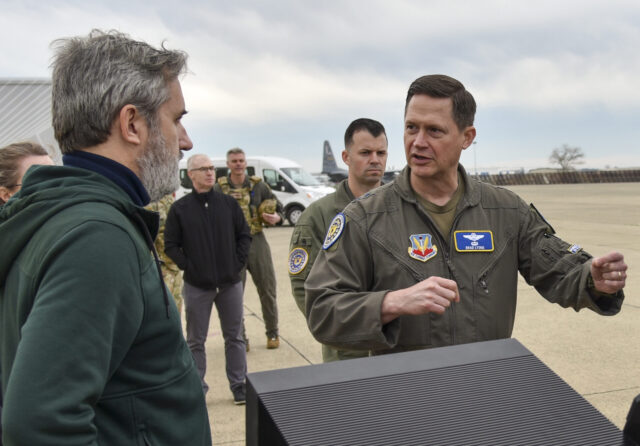Why the success of commercial aviation requires a new training approach
Broadening the commercial aviation talent pool should be viewed less as a challenge and more as an opportunity to disrupt the traditional approach to training and recruitment, writes Lee Woodward, CEO, Skyborne
The Boeing Pilot and Technician Outlook 2022-2041 includes a warning for commercial aviation: “Meeting projected pilot, aircraft technician and cabin crew demand is wholly dependent on industry’s investment in a steady pipeline of newly qualified personnel to replace those who have left or will soon leave the industry through retirement, recent layoffs and furloughs, and ongoing attrition.”
There’s no guarantee this will be an easy process. In the United States, during the Independence Day holiday weekend, the country’s Transportation Security Administration (TSA) announced it had screened a record number of passengers, with more than 2.8 million people passing through airport security nationwide. That’s a concerning level of demand given that management consulting firm Oliver Wyman has already predicted that North America will be short of nearly 30,000 pilots by 2032 if the industry fails to address its staffing problem.
We clearly need a concerted effort to ensure we recruit, train and deploy the next generation of commercial pilots. One of the key factors in successfully achieving this involves airlines actively participating in the overhaul of pilot training programmes, by cooperating more closely with flight schools that deliver the ab initio and CFI training for the airline’s future pilots.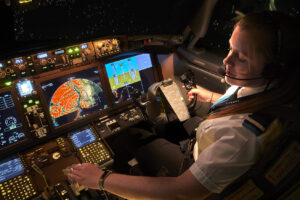
The new commercial aviation training approach
For many airlines, the best way to build an inclusive commercial aviation sector that avoids skills shortages – and maximises the opportunities for the best talent to access the industry – is through a significant rethink in how pilot training should work.
This shakeup is necessary because learning to become a commercial pilot via the traditional route in the US – studying with a flight school for a FAA 141 Private Pilot Licence (PPL) through to Certified Flight Instructor (CFI) before building 1,500 hours and then applying for an airline job – can be prohibitively expensive. That’s bad news for individuals who miss out on hugely rewarding career opportunities and bad news for our industry, which loses access to potential talent.
One example of the alternative approach is Skyborne’s partnership with Delta Air Lines to operate the carrier’s ‘Propel Flight Academy by Delta’ from its base in Vero Beach, Florida, offering students a state-of-the-art, tailored training programme designed to prepare them for airline operations. This is a part-sponsored, tailored career development programme for future Delta pilots.
Airline-specific training programmes such as these can make all the difference, typically including a Qualified Job Offer, alongside an accelerated training pathway. These programmes also importantly provide greater access to funding, loans and scholarships, removing barriers to entry.
In addition to these benefits, there are significant advantages for airlines. For instance, our partnership with Delta involves Skyborne employing a rigorous selection process to ensure that only the most capable students begin training for their PPL, dramatically reducing washout rates. Aptitude testing from the very start minimises additional study time and provides airlines with a highly capable student from the beginning, well versed in specific company procedures and practices. 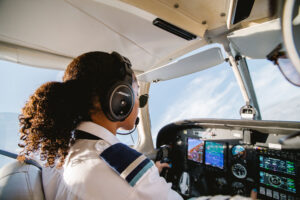
Inspiring interest in viable career paths
Our industry also needs to get a lot better at encouraging a broader section of society to view becoming a commercial pilot as a realistic aspiration. Despite increased educational initiatives that encourage students to study Science, Technology, Engineering and Mathematics (STEM) subjects, findings from Data USA reveal fewer than 8% of US pilots are people of colour, while just 7% are women.
It’s undeniably the case that important sections of the population are choosing not to enter the flightdeck because they feel excluded from doing so, which means our industry must redouble its efforts.
Continuing to push for change could be as simple as holding career open days or promoting more accessible training opportunities via social media, profiling the success stories of existing students from diverse backgrounds. But I strongly believe that change will only come with greater access to funding and by showing young people how rewarding and secure a career as an airline pilot can be.
Airline pathway programs can play a pivotal role in demonstrating the security and personal fulfilment a flying career offers by outlining a clear way forward.
Flying high in the future
Broadening the commercial aviation talent pool should be viewed less as a challenge and more as an opportunity to disrupt the traditional approach to training and recruitment. By removing barriers to entry and expanding our reach, we stand to benefit from a more representative, skilled and inclusive industry that draws on the broadest pool of talent to meet projected travel demand.
With a better approach – underpinned by airlines bringing training programmes in-house – it seems inevitable that analysts will project a bright outlook for our industry.
Subscribe to the FINN weekly newsletter

